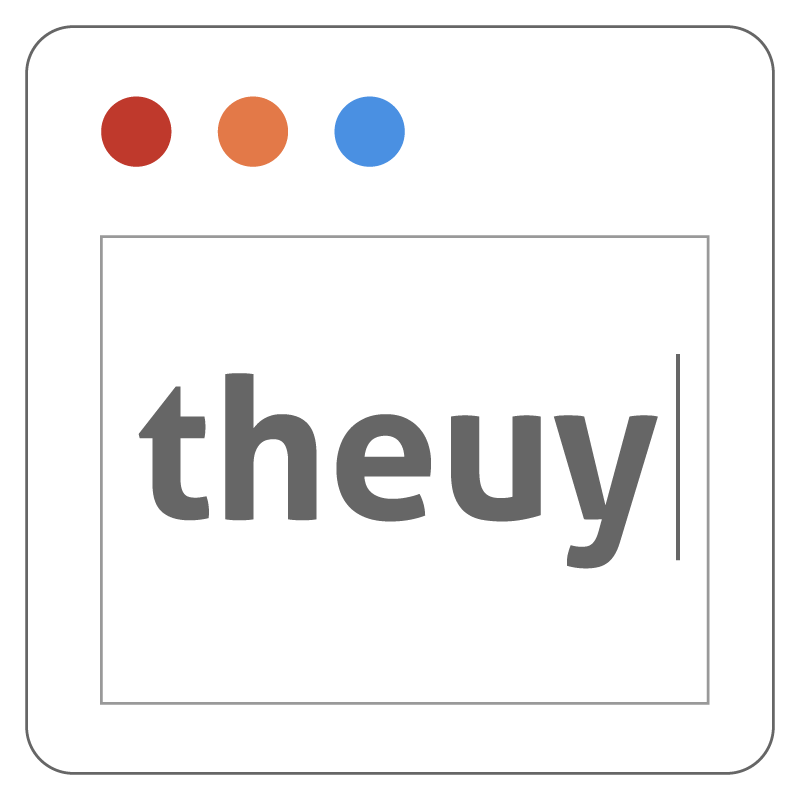As technology continues to advance, so too do the user interfaces we use to interact with it. We are already seeing an increase in the use of voice-activated user interfaces and AI-driven systems, but what does the near future hold for how we interact with our devices? In this blog post, we will take a look at five types of user interfaces that are likely to become commonplace in the near future. From augmented reality to gesture-based user interfaces, these new developments will enable us to interact with our devices in ways that are faster, easier, and more immersive than ever before.
Motion control
Motion control is a user interface technology that allows users to interact with their environment through motion sensing. It uses sensors that detect the user's physical movements, such as hand gestures, body movements, and facial expressions. Motion control has been used in various applications, from gaming consoles to virtual reality systems, allowing for a more immersive experience.
The potential applications of motion control are vast, from allowing surgeons to perform operations remotely to providing a more immersive shopping experience. In addition, motion control has been used for physical rehabilitation and training purposes. For example, researchers have developed rehabilitation programs that use motion sensors to track the user's progress and measure improvements in their physical abilities.
As technology advances, motion control will become increasingly sophisticated. We can expect to see more accurate sensors that can detect even the slightest movements and provide more realistic interactions. We will also likely see improved gesture recognition capabilities, allowing users to interact with their environment in a more intuitive way. Motion control is set to revolutionize the way we interact with our environment and open up a world of possibilities.
Holograms
Holograms are an exciting form of user interface technology that is gaining traction in the tech world. Holograms are three-dimensional, interactive images that are projected onto a surface, allowing users to interact with them just as they would a traditional two-dimensional interface. Holograms can be used to give users a more immersive experience when interacting with digital content and can even be used as part of gaming experiences. For example, Microsoft HoloLens is an augmented reality headset that uses holograms to bring 3D objects into the real world, allowing users to interact with them as if they were physical objects. This technology is still in its early stages, but the potential for it is immense. In the near future, we’ll likely see holograms being used to provide more immersive and engaging user experiences in many different applications.
Virtual Reality
Virtual Reality (VR) is quickly becoming an exciting and widely used user interface. It’s an immersive technology that places the user in a computer-generated three-dimensional environment, and it can be used for a variety of applications. VR headsets like the Oculus Rift, HTC Vive and PlayStation VR have already brought virtual reality into the mainstream, allowing users to experience gaming, shopping, and social networking in ways that were never possible before.
VR can also be used for educational purposes, allowing students to explore virtual environments and interact with 3D objects. Medical professionals can use VR to practice surgeries and other medical procedures, while architects and engineers can create realistic renderings of buildings and other structures. VR can even be used for entertainment, letting users explore virtual worlds and interact with characters from movies and video games.
As technology continues to advance, the possibilities with Virtual Reality become greater. Developers are now creating more interactive experiences and more realistic graphics, opening the door for even more innovative uses of the technology. The near future promises a wide array of uses for virtual reality, making it one of the most exciting user interfaces to watch out for.
Brain-Computer Interfaces
Brain-computer interfaces (BCI) are interfaces that allow users to interact with computers using their brain activity. This could potentially revolutionize the way humans interact with technology, allowing for a much more intuitive and natural form of interaction. BCI technology relies on the brain's electrical signals, which can be measured using electroencephalography (EEG) or magnetoencephalography (MEG). By interpreting these signals, BCI systems can detect and respond to the user's intentions and provide a highly customized experience.
BCI technology is still in its early stages, but it holds promise for applications such as medical diagnostics, medical treatment, gaming, and more. For example, BCI technology could allow people with limited mobility to control objects or perform tasks just by thinking about them. Additionally, BCI technology could be used to detect mental states such as attention, focus, or fatigue and adapt the user interface accordingly. In the future, BCI technology may become commonplace, allowing us to interact with technology in ways never before possible.
Wearable Devices
The trend of wearable technology is taking off and its users are only going to continue to grow. Wearable devices are pieces of technology designed to be worn on the body, such as smartwatches, fitness trackers, and augmented reality glasses. These devices often come with built-in sensors and software that can monitor health metrics and send notifications directly to the user’s smartphone. With advanced technology, we’re seeing wearables being used in healthcare, sports, and entertainment. Wearable devices are no longer just a novelty, but are becoming an important part of our everyday lives.The user interface for wearable devices can be used to customize settings and receive notifications from connected applications. In the near future, developers will focus on creating user interfaces that make it easier for users to interact with their wearables. This could involve simplified navigation, voice recognition, and touch screens that recognize gestures. Wearable devices will likely become even more powerful in the near future, with more complex applications and a greater range of capabilities. With this increased sophistication, we can expect the user interface to follow suit and become even more intuitive.

